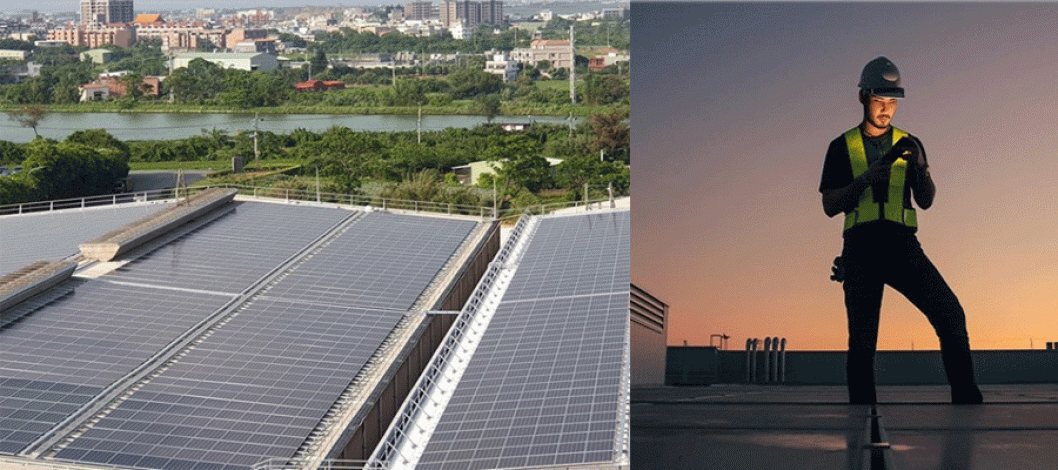
File Photo
Freudenberg Performance Materials (FPM) has already made a name for itself with its sustainable products. But sustainability at FPM doesn’t stop there: eco-friendly processes and green buildings also help reduce the carbon footprint. A production hall in Taiwan is a prime example of how this works: alongside the use of recycled raw materials, the site’s green concept centers on energy and water efficiency, environmentally friendly construction materials, and good air quality.
Freudenberg has set itself ambitious goals: as the first step on the road to becoming carbon neutral, the company is aiming for a 25 percent reduction in its CO2 emissions by 2025. Recycled materials made from used PET bottles are one important element for achieving this goal. But surely there’s more? For years now, FPM sites have been focusing on ever more efficient processes, constant optimization of their energy and water consumption, and construction measures to lower emissions even further.
Goal: LEED certification
Take the facility in Tayuan Tao-Yuan, Taiwan. Work on expanding capacity at the FPM site of Freudenberg Far Eastern Spunweb and installing a new spunlaid line began back in 2018. The local project team increasingly turned its attention to the production hall itself as well as environmentally responsible manufacturing methods and operating procedures. The production hall was also to be designed with sustainability in mind. The site decided to base the design on the internationally recognized LEED standard to achieve the greatest possible ecological scope for the construction measures. LEED is the acronym for Leadership in Energy and Environmental Design. It includes a set of rating systems for buildings and was developed by the U.S. Green Building Council. LEED primarily concentrates on construction measures that are as environmentally responsible, resource-efficient, and sustainable as possible. Buildings must satisfy five criteria for LEED certification: site sustainability, water consumption, energy consumption, protection of the atmosphere, and the use of building materials.
Energy efficiency is key
First, the project team installed a modern lighting system. The energy efficiency of the air conditioning system is also excellent and a major energy saver. Some of this power is generated directly from solar energy supplied by the on-site photovoltaic unit. The solar panels installed on-site provide energy to the local community as well as partially to the plant. The garnered energy is collected and distributed by a local power company. Since the new line went into operation in September 2020, employees also constantly monitor and control the compressed air and cooling equipment, enabling optimal energy consumption management – an advantage not only in daily operations but also for detecting leaks or other technical problems swiftly. See details.
Source: Online/NAN
Comment Now